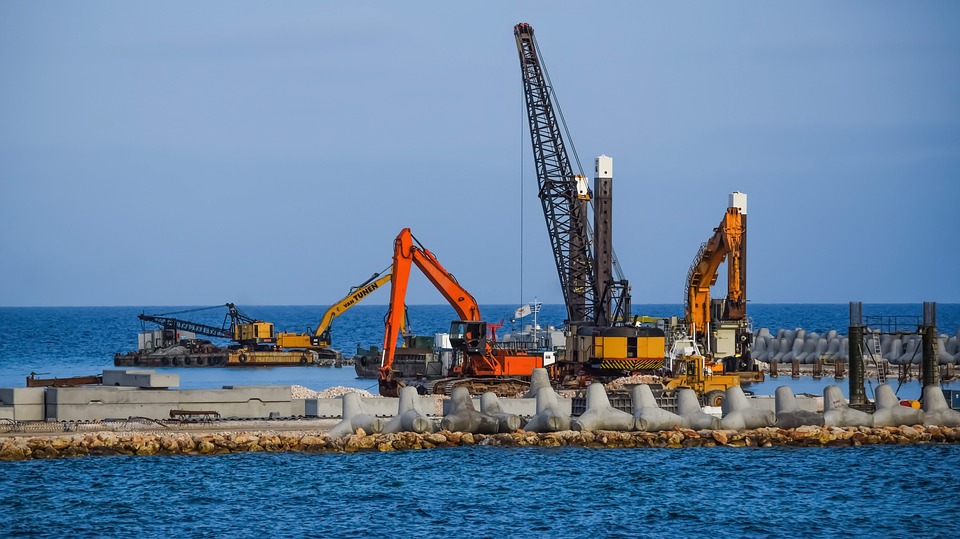You would think that advances in workplace safety solutions and technology would lead to a decrease in workplace fatalities. Unfortunately, the current statistics say otherwise. Safety and Health Magazine found that 5,192 people died on the job in 2016. This number is a 7 percent increase over 2015 and nearly matches the 2008 high of 5,214 people. These are the riskiest jobs when it comes to civilian fatalities, and most of them are blue-collar positions.
Transportation
Driving is a dangerous activity in general. You’re in a heavy piece of machinery that goes at high speeds, surrounded by drivers who may or may not be doing what they should be at any given time. When you drive for a living, you have to deal with that heightened risk factor.
Transportation jobs include truck driving, delivery and other positions that require a significant amount of on the road travel time. For every 100,000 full-time workers, 24.7 die on the job. In 2016, this leads to 918 deaths.
Construction
Construction sites are filled with hazards and harsh working conditions can make the environment even more dangerous. This might be the first industry you think of when you consider the jobs with the most workplace deaths. Approximately 9.8 people died per 100,000 full-time workers, with a total number of 937 in 2015. Some of the most common types of fatal accidents were caused by heavy machinery, falls, electrocution, and being struck by equipment or materials.
Logging
Logging is the most likely profession to lead to death, with a rate of 135.9 people dying out of 100,000 workers. Due to the small logging industry, this resulted in 91 deceased workers. Many of the hazards common on construction sites are found in logging. Heavy equipment, transportation and falls can cause many tragic accidents. The trees themselves are also massive, and a bad approach can create many problems.
Fishing
Fishing offers a lucrative opportunity for blue-collar workers, but it’s the second most dangerous profession, with 24 worker deaths and an 86 per 100,000 fatality rate. So many things come into play in this work environment, from the changing weather conditions to the equipment itself.
Pilots
Many people think of commercial jet pilots and get surprised at this position ending up on the list. However, smaller regional craft are used in many applications. Medical transport and crop dusting are two of the many ways that these aircraft are used. The fatality rate among these workers is 55.55 out of 100,000.
Roofers
When there’s nothing between you and the ground outside of your safety equipment and the tools you need for the job, accidents happen. Roofers get singled out from contractors because their rates are so much higher than other specialties. Out of 100,000 full-time workers, 48.6 die.
Iron and Steel Workers
These manufacturing positions are surrounded by dangers. The molten metal must be handled carefully, safety protocols try to cover all situations, and the equipment is massive. The heat and chemicals that workers get exposed to also contribute to a death rate of 25.1 per 100,000.
Blue-collar positions face the bulk of the fatalities that occur in the workplace. A field service company culture that revolves around safety can help you reduce the chances that a similar tragedy takes place when your workers are out on the job.
Last modified: March 19, 2018




